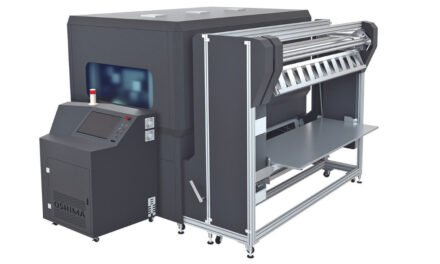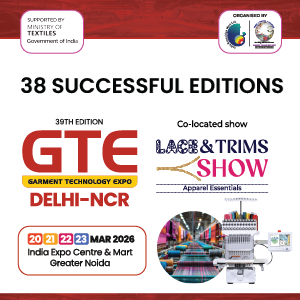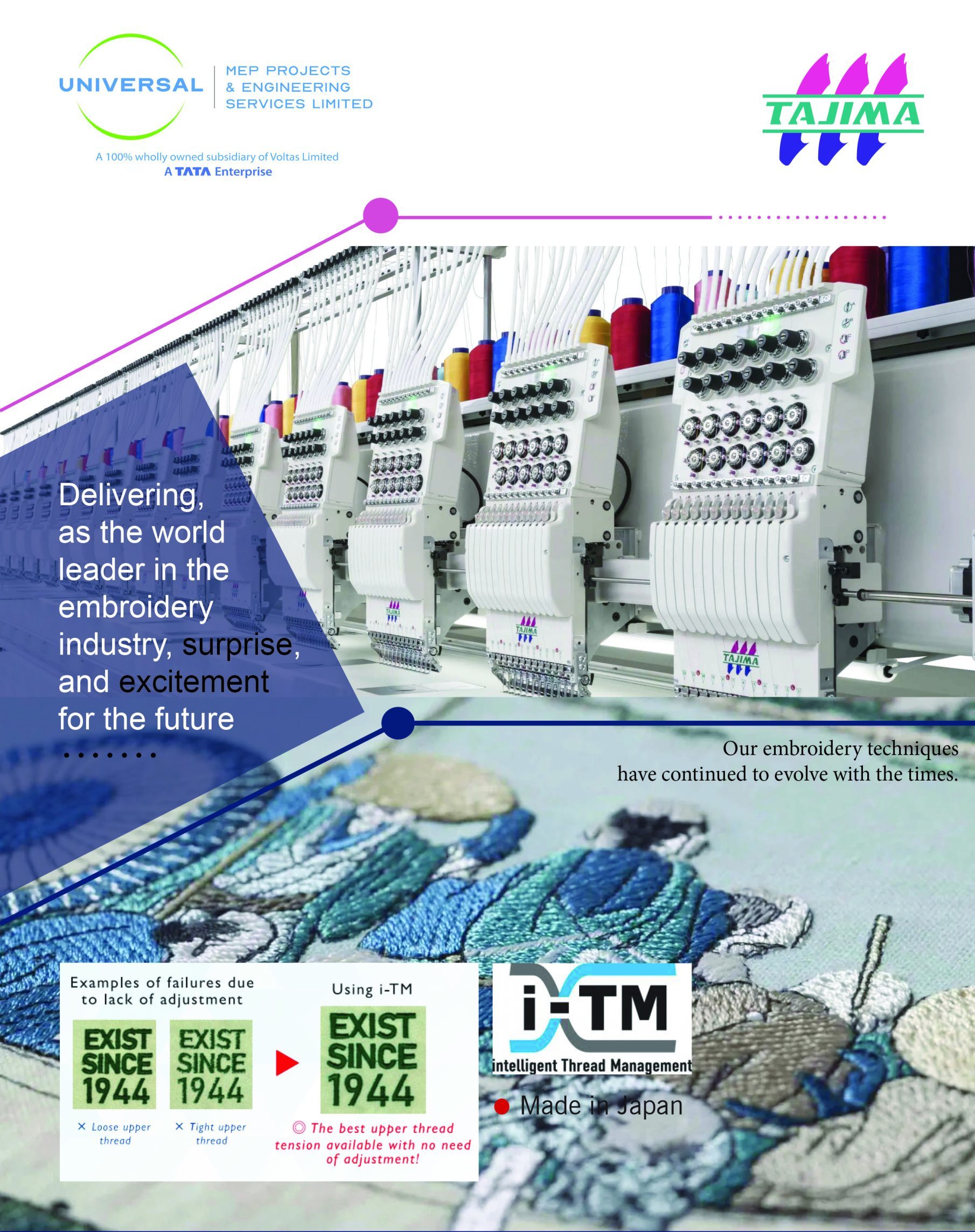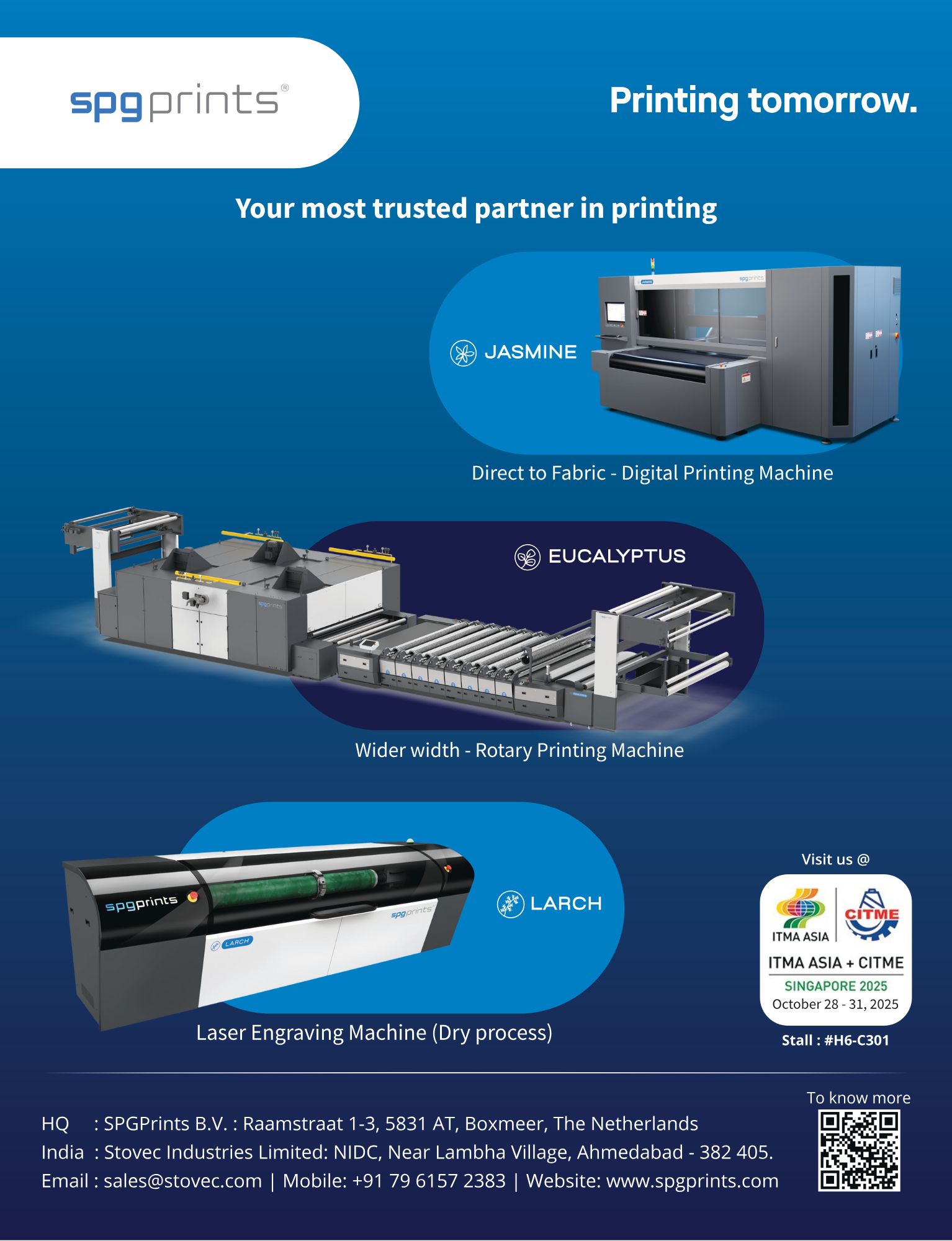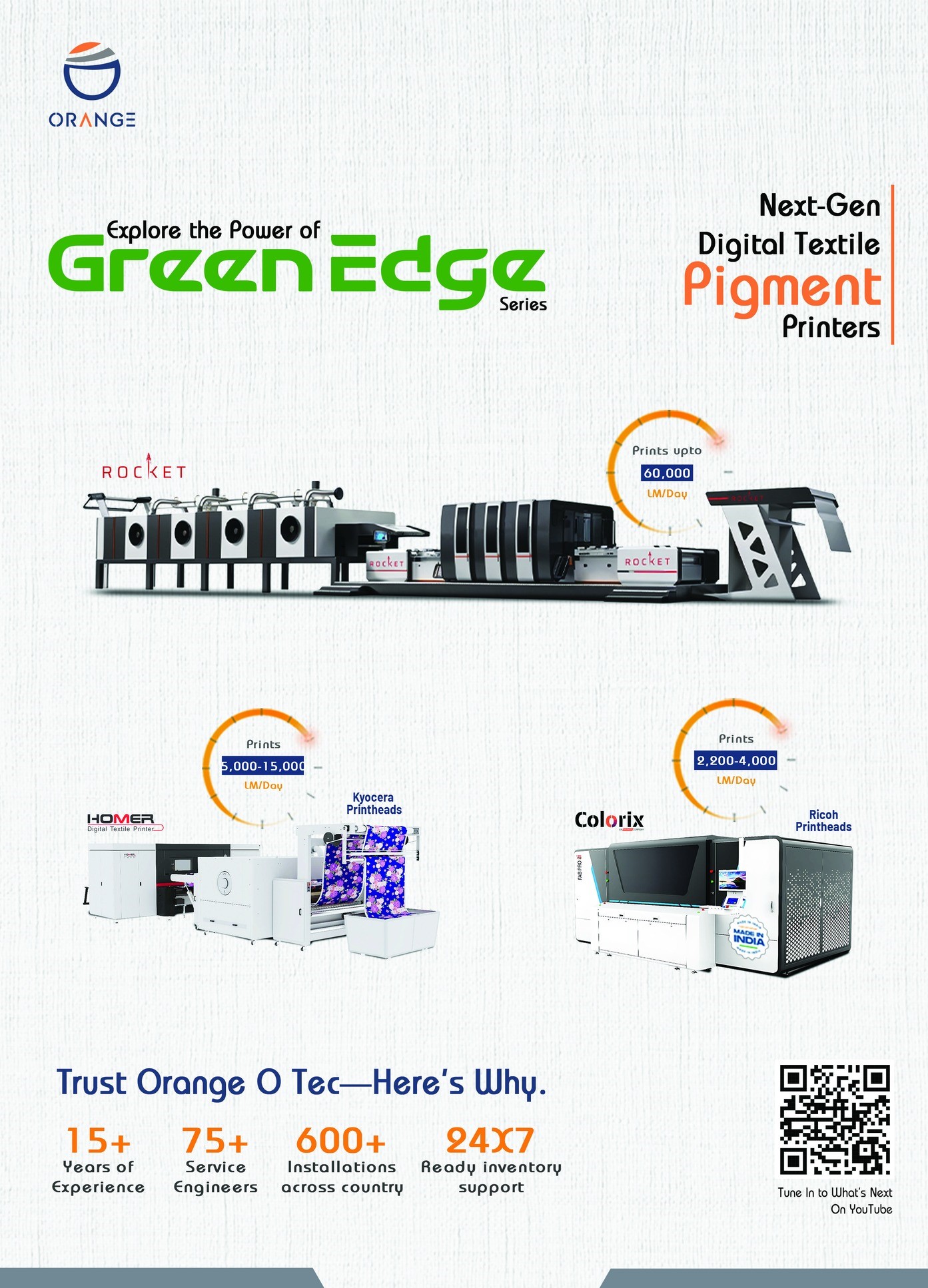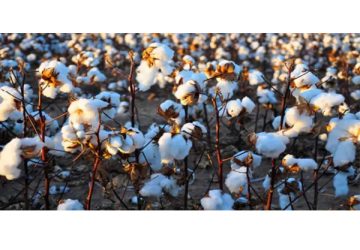
The textile industry is undergoing a tectonic shift. With rising consumer demand and evolving changes the requirement pertaining to the quality of yarn has moved from being a differentiator to becoming the foundation in the textile value chain. Today yarn is not just a commodity- it’s a performance input.
In high output spinning environments, maintaining consistent yarn quality is a significant challenge. A single difference in the requirement in terms of quality defect be it slub, a weak spot or a twist variation can cascade downstream, causing fabric failures and ultimately rejections. This challenge becomes even more pronounced when dealing with variable raw material sources, changing environmental conditions, or machine wear and tear. As the industry is evolving, gone are the days where, post production correction could be done. Now correction is not valued, but your efficiency to deliver quality is considered, although it might be a understatement. Technology offers a paradigm shift from postproduction inspection to in line, real time, and even predictive quality management.
The transformation begins by factoring in every touchpoint in the yarn lifecycle- from raw material intake to finished yarn. At the core of this is sensor based automation and integrated digital feedback loops. Technology now enables faster, more accurate assessments to fiber properties right at the intake stage. Instruments such as Near Infrared (NIR) spectroscopy and fiberength testers enable rapid measurement of key input parameters, ensuring that only suitable fibers are introduced into the production process.
During spinning, automatic sensors embedded in machinery provide continuous data on twist levels, yarns tension, count variation and even temperature and humidity around the machine. Real time dashboards alter supervisors the moment a deviation crosses control thresholds, often allowing adjustments before a quality issue arises. Automated visual inspection systems, powered by machine vision and neural networks, accurately detect defects such as neps, slubs, thick/thin places, and oil stains with high precision and consistency.
Additionally it is key to have data integrated across all departments. A truly enhanced quality control system does not operate in isolation. It connects quality parameters with procurement decisions, production scheduling and even customer feedback. For instance if a recurring issue is identified in a specific blend or supplier batch, the system can flag it and prevent its use in critical orders. This kind of cross functional technological advancements drives not just better quality, but stronger business performance.
The emergency of adaptive spinning environments is gaining momentum- especially in setups where machine setting automatically adjust in response to real time quality data. These environments use closed loop control systems where if yarn even begins to deviate from set parameters, corrective actions like adjusting spindle speed or drafting tension are implemented autonomously. This dramatically reduces human error and enhances consistency, especially for high performance or technical yarns.
Quality control labs are also evolving from manual, labor-intensive setups into automated environments. Modern yarn testing instruments, such as automatic strength testers and Classimat systems, enable faster and more consistent quality assessment of yarns. Digital Lab Information Management Systems (LIMS) streamline workflows, improve traceability and reduce reporting delays. The result is a faster feedback loop to production teams, which reduces waste and enhances quality in real time.
A strategic shift from quality control detecting defects to quality assurance preventing them is key. The result is better yarn, fewer stoppages and a dramatic reduction in rework.
Importantly the human role is not diminished, it is elevated. Operators, supervisors, and analysts are being upskilled to work with technology. Dashboards, alerts, and intuitive systems empower shop floor teams to take faster, better-informed decisions. Digital literacy and data interpretation training are becoming essential investments, enabling a workforce that understands both material behavior and machine intelligence.
There is also a sustainability angle to this transformation. Better quality control leads to fewer defects and rejections, which in turn reduces raw material waste, energy usage, and reprocessing. Automated detection of foreign partials helps avoid contamination. Optimized processes leads to more efficient use of power, water and chemicals. Technology in this sense is not just making yarn better its making the process more responsible.
Moreover, as buyers demand more transparency, digital quality control enables creation of a “digital yarn passport” a traceable, batch wise record of raw materials, production parameters, testing results and even sustainability metrics. This kind of traceability fosters trust and supports access to premium markets particularly in apparel and home textiles.
Beyond just meeting buyer’s expectations, this traceability is becoming a critical component of regulatory compliance and global certifications. Whether its OEKO-TEX or ISO based quality systems, tech-enabled records help streamline audits, reduce documentation efforts and enhance compliance.
Looking ahead, several emerging technologies hold promise for further transformation. Digital machinery can replicate machine performance virtually to allow simulation and optimization. Computing will enable instant, localized processing of quality data. Block chain will make supply chain traceability more secure and tamper proof. With 5G networks, real time quality data from thousands of machines can be processed with near zero latency. In the future, we can expect Generative AI to model complex material behaviors and recommend process innovations that improve both quality and cost efficiency.
Another frontier lies in sustainability linked data visualization. Automated dashboards are being developed that can map quality trends alongside environmental metrics such as energy consumption or water usage. This allows managers to balance quality outcomes with environmental impact- essential in a world moving towards ESG- focused operations.
The textile industry is at the cusp of a quality renaissance- one where data, intelligence and automation are redefining what is possible. For yarn manufactures, this is a tremendous opportunity to not just meet global standards but to set them. Technology is not just an enabler – it is a strategic imperative. The future belongs to those who can combine material science with digital intelligence and who see quality not as a gatekeeper, but as a continuous journey, with each meter of yarn that is produced.
Sammir Dattani, Executive President, Sanathan Textiles Limited




